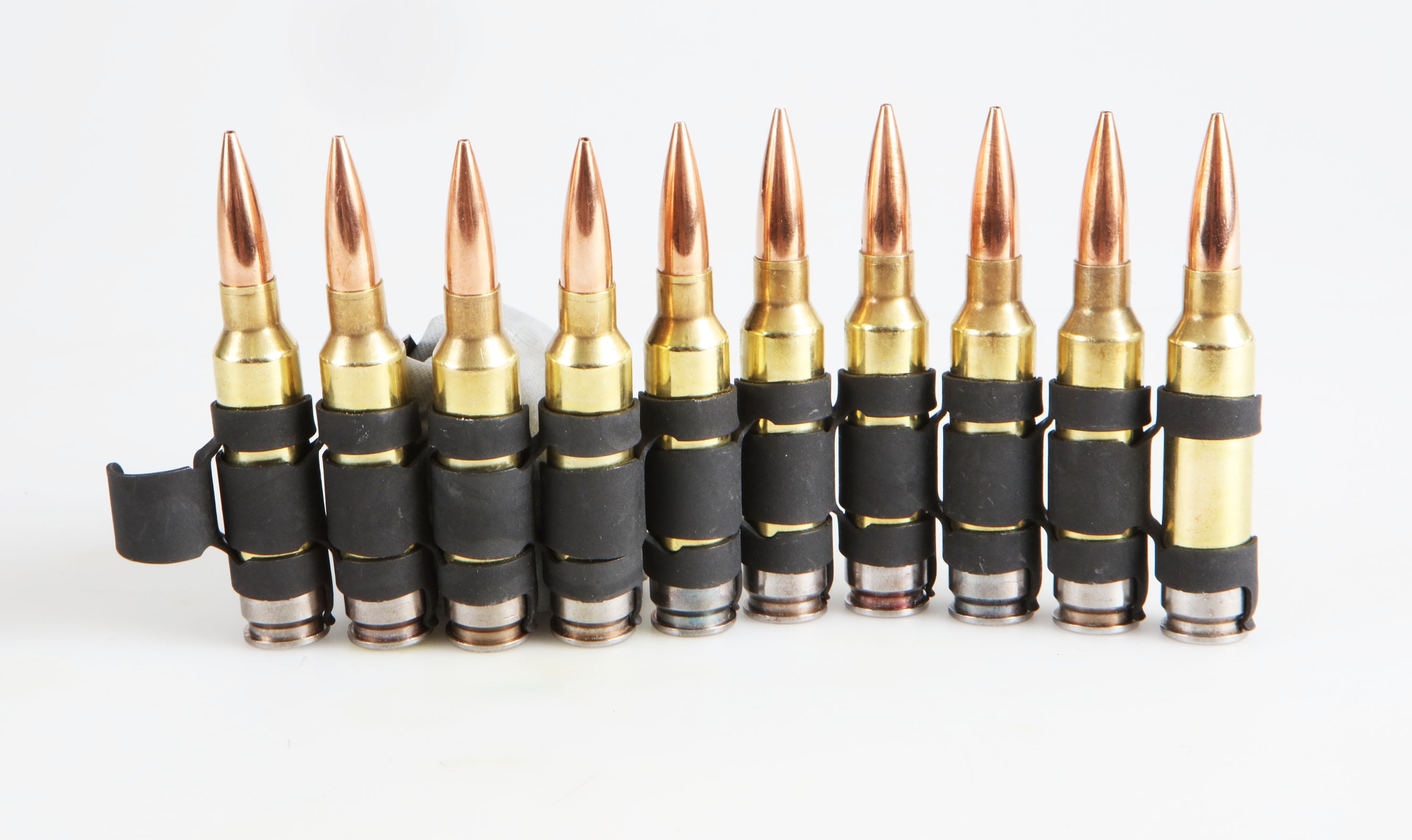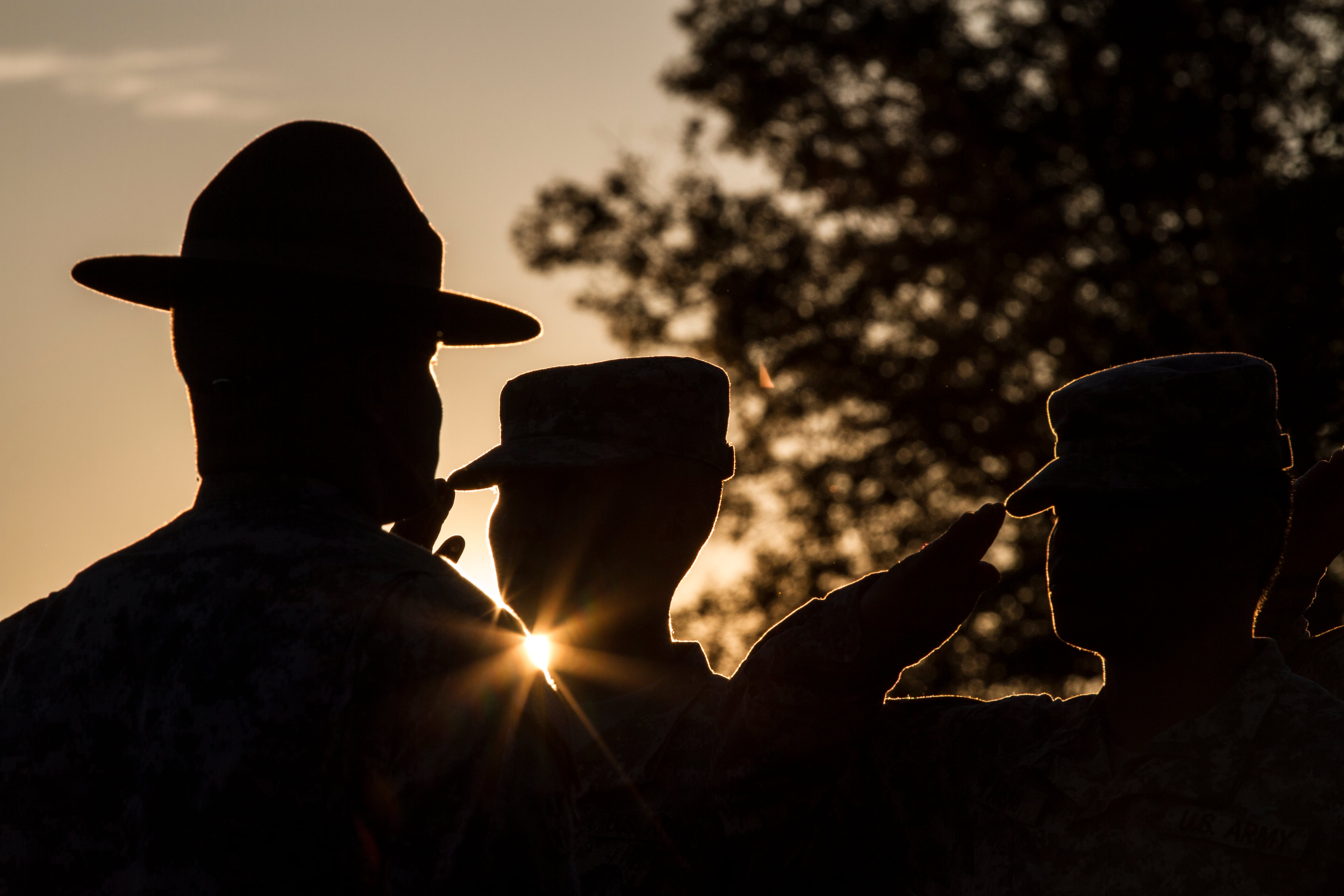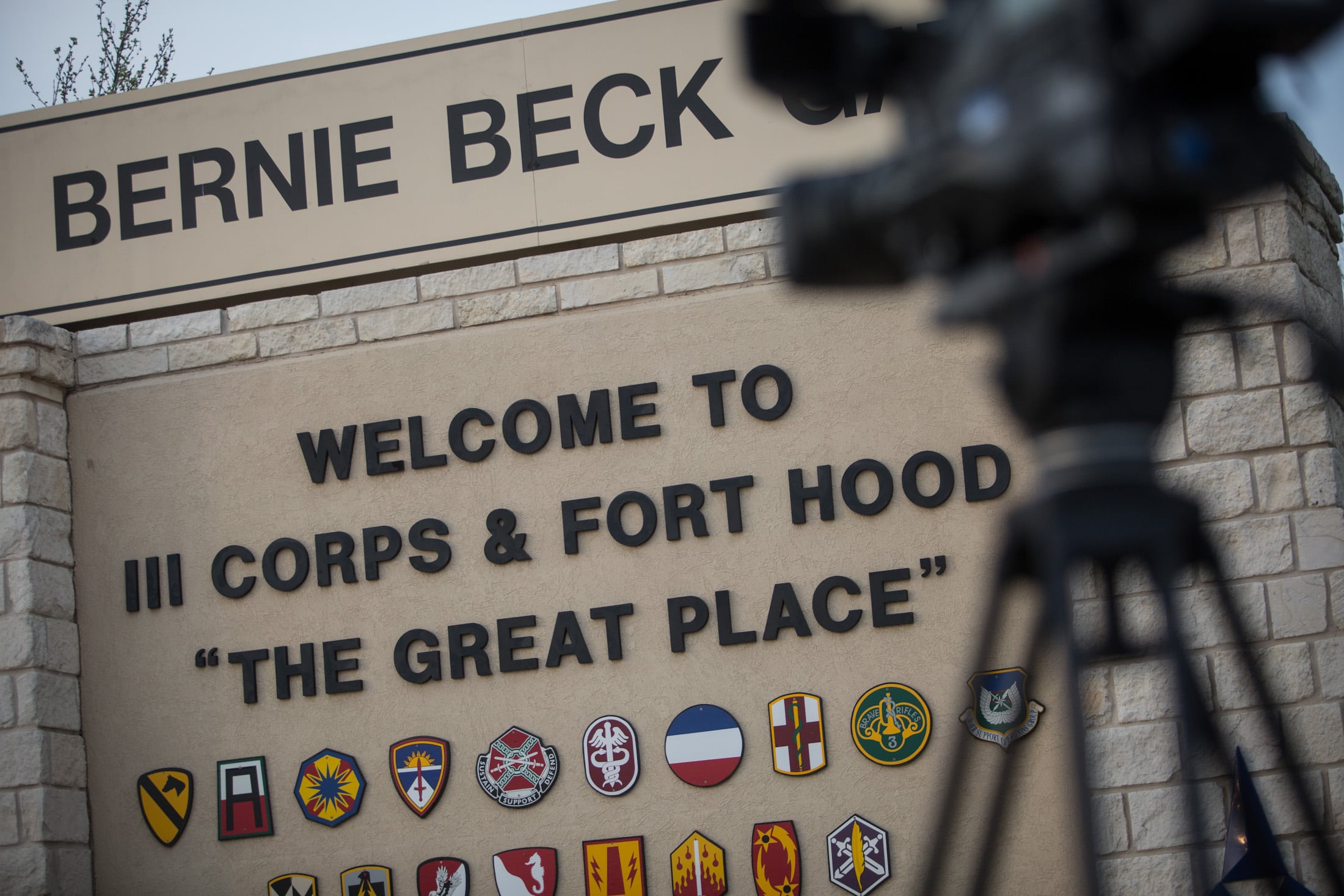The Next Generation Squad Weapons program has been decided, Sig the victor. Ultimately the conventionally minded program selected the most conventional submission, an up-chambered ‘next-generation’ M4. Hundreds of millions of R&D dollars well-spent, the U.S. Army feels. But is it that simple?
The NGSW program all-told betrays the Army’s institutional trauma following almost three-quarters of a century of failed counter-insurgency wars. It is its fears and frustrations in microcosm. ‘If only we had a rifle that could have shot a little farther we could have won’ is the subtext, as much as the lamentation that ‘had we just been able to go over the 17th Parallel’.
The program is a reflection of the Army’s neglect by the other services, especially the Air Force, which retains responsibility for providing equally distributed air support across the spectrum of operations, not simply air superiority and transport. The NGSW is a reflection of the now deeply ingrained cultural assumption that Army soldiers will be fighting inadequately supported in the next war. Basically, these guys have become too used to fighting for limited air support and against the necessarily tight rules of engagement particular to counter-insurgency campaigns. Hence the effort to save the Air Force the procurement hassle of a bespoke solution and instead cram an A-10 into a cartridge.
In Vietnam, the Army, due the extremely close terrain and high numbers of enemy troops opted for volume over power. They ditched the M14 and cut the weight of their rounds by half in the M16 to effectively double the amount of available rounds. Since the bullets didn’t need to travel as far, they had comparable power at typical target range for a huge reduction in weight. The Army effectively conducted engineering triage here. Post-Afghanistan, the Army had an inverted example at the other end of the spectrum. Mountain-to-mountain warfare had the Army wishing retrospectively that they had more range. Now they are quite happy to trade volume to get there.
The practical assumptions the program was based on are now also entirely moot and empirically disproven. Russia has neither issued as standard issue body-armor, NVGs nor even optics under the Ratnik program. Indeed, in Ukraine, Russia couldn’t manage its own tire needs. Any war with Russia moreover was never going to be soldier-to-soldier, it was going to be air- and armor-based. Here, soldiers would only screen armor (don’t tell Russia). In World War III, the only time infantry would go toe-to-toe with opposing infantry is when both were isolated from the main body, a statistical improbability that has taken over procurement policy by being deemed a practical probability — if not certainty. A reasonable analysis would have set the bar at penetrating Level 4 body armor at 100-200 meters rather than 600 meters, as the U.S. Army’s program did at the outset.
The dichotomy of conventional and unconventional warfare remains problematic under the program as well. The NGSW has tailored the round 100% to conventional, high-intensity warfare — and nothing else. Collateral damage in more likely counter-insurgency contingencies will be a major issue with this round, as it won’t simply go through the wall, it will cross the street.
If you’re fighting platoon-to-platoon with soldiers equipped with the same high tech plates U.S. forces are carrying, bullets are your last resort, not first. You’re in a major war and if you’re not next to a tank or an armored personnel carrier, something has gone very, very wrong. So even if the body armor thesis was validated by Ukraine, the distance of engagement assumption remains invalid. Conservation of ammo would be the order of the day in this scenario, reducing engagement distance, AP rounds or not, to a few hundred meters.
So, for now, the Army is not thinking clearly. The NGSW program has been driven by a conflation of so many competing strategic, tactical, political and mechanical demands it’s as though the Army declared war on physics itself. Ultimately, the Army absolutely needs more range and lethality. They’ve been issuing anemic rifles to our soldiers for decades and just for ease (again) kept a rifle literally designed for one end of the spectrum of infantry warfare. How we get to a bell-curve on small-arms remains elusive and one feels the NGSW will be just another chapter on how we, in the end, got there.
Dr. Allan Orr is a strategic studies specialist who focuses on asymmetric warfare. His current analytical interests include hostage-rescue, where he developed an interest in small-arms following the Lindt Cafe Siege in Sydney.
Have an opinion?
This article is an Op-Ed and as such, the opinions expressed are those of the authors. If you would like to respond, or have an editorial of your own you would like to submit, please email us.
Want more perspectives like this sent straight to you? Subscribe to get our Commentary & Opinion newsletter once a week.





